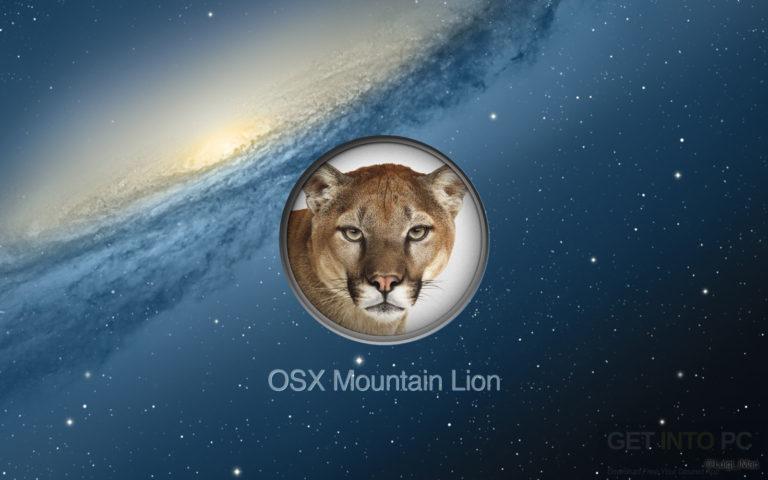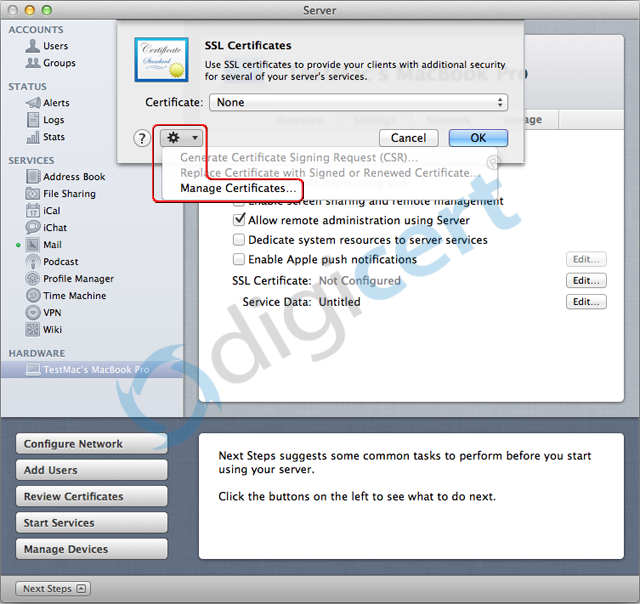

Apple’s point here seems to be, when it comes to things like pure Web hosting, there’s not a lot of advantage to using OS X Server.


For Web publishing, it’s clear that Apple wants you to use the Wiki/Blog service built into Lion Server, rather than build sites the traditional way. Apache provides the back end for the Web UI in things like Profile Manager you need it for the Wiki service, file sharing for iOS devices, and other services. For example, if you take the time to look at how Lion Server works and what it does with Apache and Web services, it’s obvious that Apple looks at Apache as a way to get things done. The lack of a GUI is upsetting, but in light of what Apple thinks of as its main customer base, this makes some sense. In the case of iChat server, the differences are rather minor. In some cases, especially with the Web server, this is a bit of a shock, because the differences in the GUI between versions 10.6 and 10.7 are rather huge. All post-enablement SNMP configuration happens in text files and the command line. For things like SNMP, all the GUI ever did was let you turn it on. Even though Apple provided a GUI for DNS, if you wanted to do anything other than the absolute basics, you had to learn the guts of DNS in the command line. Anything more than that, and you’re going to have to use and stay with the command line. For example, unlike OS X 10.6 Server’s Server Admin utility, which lets you do a lot of the configuration tasks for the Web server, Lion Server’s Server.app really doesn’t let you do much more than add sites, specify the ports and the web root directory, and set up some basic access controls. The other issue with Server.app is that, for the most part, there isn’t a lot there.
Lion os x server download mac os x#
As a result, there are more tools than ever to manage Lion Server, and given the radical changes Apple has made to those tools (especially in Server.app), it actually makes managing Lion Server more work than Mac OS X 10.6 Server ( ). Apple hasn’t even come close to a Web UI yet-if that is, in fact, the end goal for this. However, the tools are very much a work in progress. Does it really matter if those controls are presented via Cocoa or HTML?) (The UI mostly involves picking from a list, entering text, and selecting radio buttons, and checkboxes. That’s not a bad idea managing a server is something that, on the GUI level, can be handled quite well via a Web UI. While you use Server.app to set up Profile Manager, most of the actual managing work is done via a Web interface. The answer I think lies in Profile Manager, Apple’s new tool for managing Macs and iOS devices (more on that later). It’s certainly not some return-to-Unix idea where each application has a specific focus.

Why have four applications doing the work of two? It’s a little like being nibbled to death by baby ducks.
Lion os x server download software#
Server Admin handles DHCP, DNS, NetBoot, Software Update, and others. For example, Server.app handles Address Book, File Sharing, iCal, iChat, Mail, and other service settings. I’m sure that this new server-management program will one day completely take over all the functions of the familiar Server Admin application, but right now it doesn’t, which results in a somewhat tedious bit of hopping back and forth between applications to get things done. There’s a new kid in town for managing Lion Server, and it’s called Server.app. Welcome Server.app good-bye Server Admin-sort of But right now, using Lion Server is a tad more maddening than it should be. (Readers with longish memories may remember that OS X Server had a pre-10.0 version, which was called version 1.0.) In many ways, Mac OS X Lion Server (version 10.7 Mac App Store link) succeeds, but it’s hampered by UI annoyances and inconsistencies that will probably be fixed in future updates. The ninth major release of Apple’s server operating system is as big a change as the change from Mac OS X Server 1.0 to Mac OS X Server 10.0.


 0 kommentar(er)
0 kommentar(er)
